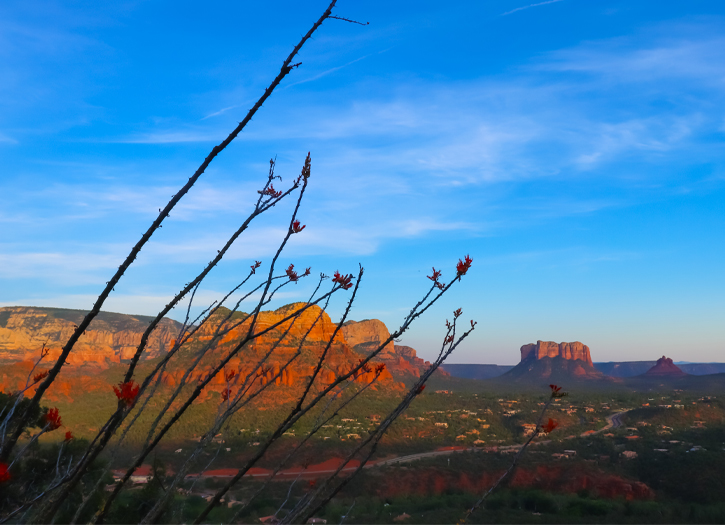The COVID-19 pandemic was confirmed to have reached the U.S. state of Arizona in January 2020. On July 2, 2020, Arizona reported 3,333 new COVID-19 cases, with 37 new deaths recorded over the previous 24 hours. The seven-day moving average of new COVID-19 cases in Arizona has increased nearly sevenfold during the month of June, from 509 cases per day on June 1 to 3,005 cases on June 30.
The first confirmed case of COVID-19 in Arizona was announced by the Arizona Department of Health Services (ADHS) on January 26, 2020. A 20-year-old male student of Arizona State University (ASU), who had traveled to Wuhan, China, the point of origin of the outbreak, was diagnosed with COVID-19 and placed in isolation.
Tucson mayor Regina Romero declared a local emergency on March 17, ordering many businesses to close, limiting restaurants to drive-thru and takeout. The emergency proclamation was released on the afternoon of St. Patrick’s Day, one of the busiest drinking days of the year. All bars, theaters, museums, gyms, bowling alleys and other recreation and entertainment businesses were under a mandatory shutdown as of 8 p.m. and remain closed through the end of March.
Several springtime public events in Tucson were canceled as a result of concerns over COVID-19, including the Tucson Festival of Books (held on the University of Arizona campus), the Fourth Avenue Street Fair, the Tucson Folk Festival, and the Pima County Fair.Governor Ducey announced March 19 that he would limit restaurant service and close bars, theaters, and gyms in counties with confirmed cases of COVID-19. This directive, to take effect upon close of business March 20, would apply to six counties.
On May 15, the statewide lockdown order expired. There were 13,169 confirmed cases and 651 deaths related to COVID-19 in Arizona. Gov. Ducey stated that Arizona was in compliance with the CDC’s Phase One guidelines and that businesses would be allowed to reopen with social distancing measures. Major league sports were allowed to reopen without fans and only in leagues adhering to CDC guidelines.
On May 17, the percentage of positives of total PCR tests, reported weekly, was 6%. The total number of tests with a specimen collection date of May 17 was 37,032.On May 24, the percentage of positives of total PCR tests, reported weekly, was 9%. total number of tests with a specimen collection date of May 24 was 42,638. On May 31, two weeks after the expiration of the Governor’s stay at home order, the percentage of positives of total PCR tests, reported weekly, was 12%.The total number of tests with a specimen collection date of May 31 was 51,413.
On June 17, Governor Ducey announced that local governments would be able to set mask-wearing regulations after previously having blocked local mask wearing requirements. Soon after, many city and county officials began implementing face covering mandates or announcing plans to discuss possible regulations.Statewide, hospitals were treating 1,582 patients and were at 85% of capacity.
On June 23, President Trump held a rally at Dream City megachurch in Phoenix. According to Politico, most attendees did not wear masks.On June 23, Corona virus hospitalizations hit record numbers.On June 29, Governor Ducey ordered bars, movie theaters, and gyms to close again in a partial reversal of the state’s reopening.On June 29, A delay in reporting caused an anomaly in reporting numbers related to new positives and deaths. Sonora Quest Laboratories submitted 2,454 positive tests but these were not included in the daily dashboard reporting numbers.
In April 2020, Arizona received $1.86 billion of federal relief funds from the CARES Act. From this amount, much of the funds were reallocated to cities and organizations/businesses: Phoenix ($293 million), Mesa ($90 million), Tucson ($96 million), the Mayo Clinic ($29.6 million), Scottsdale Healthcare Hospitals ($27.8 million), Mesa Air ($92.5 million). In that same month, the state unemployment rate reached a high of 12.6%, which included a loss of 276,300 jobs. The economic loss primarily occurred in leisure and hospitality, including bars/ restaurants and travel accommodations







Add Comment